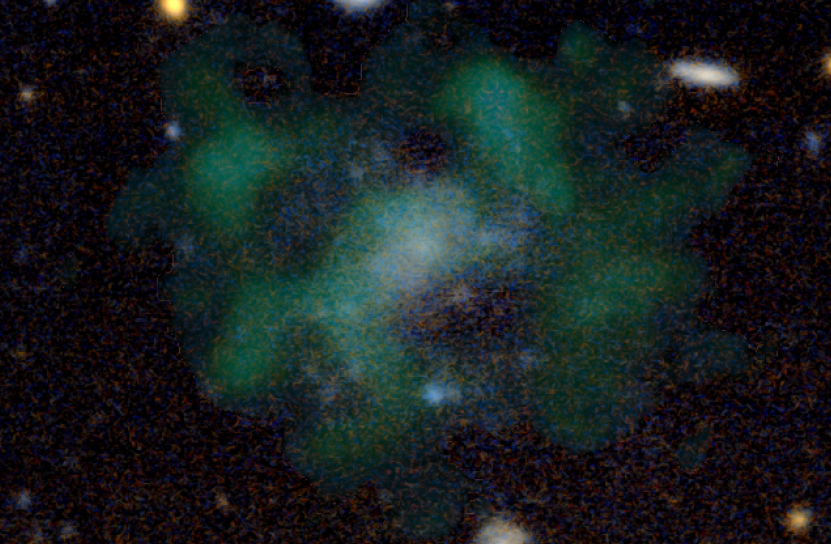Dark matter is definitely missing in mysterious galaxy, study says

Your support helps us to tell the story
From reproductive rights to climate change to Big Tech, The Independent is on the ground when the story is developing. Whether it's investigating the financials of Elon Musk's pro-Trump PAC or producing our latest documentary, 'The A Word', which shines a light on the American women fighting for reproductive rights, we know how important it is to parse out the facts from the messaging.
At such a critical moment in US history, we need reporters on the ground. Your donation allows us to keep sending journalists to speak to both sides of the story.
The Independent is trusted by Americans across the entire political spectrum. And unlike many other quality news outlets, we choose not to lock Americans out of our reporting and analysis with paywalls. We believe quality journalism should be available to everyone, paid for by those who can afford it.
Your support makes all the difference.A mysterious galaxy is definitely missing its dark matter, the authors of a new paper say.
The scientists behind the research say that when they first reported the findings, they were told to conduct more research, and that better examination would show that there was dark matter around the galaxy they were studying after all.
But that further research has only shown in more detail that the dark matter is in fact not there, suggesting that galaxies can exist without dark matter and that there may be something wrong with the theoretical framework that would suggest otherwise.
“This is, of course, what we thought and hoped for because it confirms our previous measurements,” says Pavel Mancera Piña, one of the researchers on the new paper said. “But now the problem remains that the theory predicts that there must be dark matter in AGC 114905, but our observations say there isn’t. In fact, the difference between theory and observation is only getting bigger.”
The research focused on a galaxy known as AGC 114905, a galaxy 250 million light years away. It is ultra-diffuse – the size of our Milky Way, but with a thousand times fewer stars – and is known as a dwarf galaxy, though as a result of the fact it is dim rather than small.
Those detailed observations looked at the gas in the galaxy, examining how far away from the centre of the galaxy it is and how it is rotating, which is one way to reveal the presence of dark matter. But the gas is moving in such a way as can be explained entirely by normal matter.
There is also no clear reason that the galaxy would have been stripped of its dark matter, the researchers write in a paper newly published in the Monthly Notices of the Royal Astronomical Society. It could have been stripped of the dark matter by nearby galaxies, they write.
“But there are none,” said Mancera Piña. “And in the most reputed galaxy formation framework, the so called cold dark matter model, we would have to introduce extreme parameter values that are far beyond the usual range. Also with modified Newtonian dynamics, an alternative theory to cold dark matter, we cannot reproduce the motions of the gas within the galaxy.”
It is possible that the galaxy is being observed at more of an extreme angle than the researchers think. But they would have to be wildly wrong for dark matter to be required, they say.
What’s more, they are examining another ultra-diffuse dwarf galaxy that could serve as yet another example of a galaxy without its dark matter, suggesting even more strongly that such an unexpected thing can exist.
Join our commenting forum
Join thought-provoking conversations, follow other Independent readers and see their replies
Comments